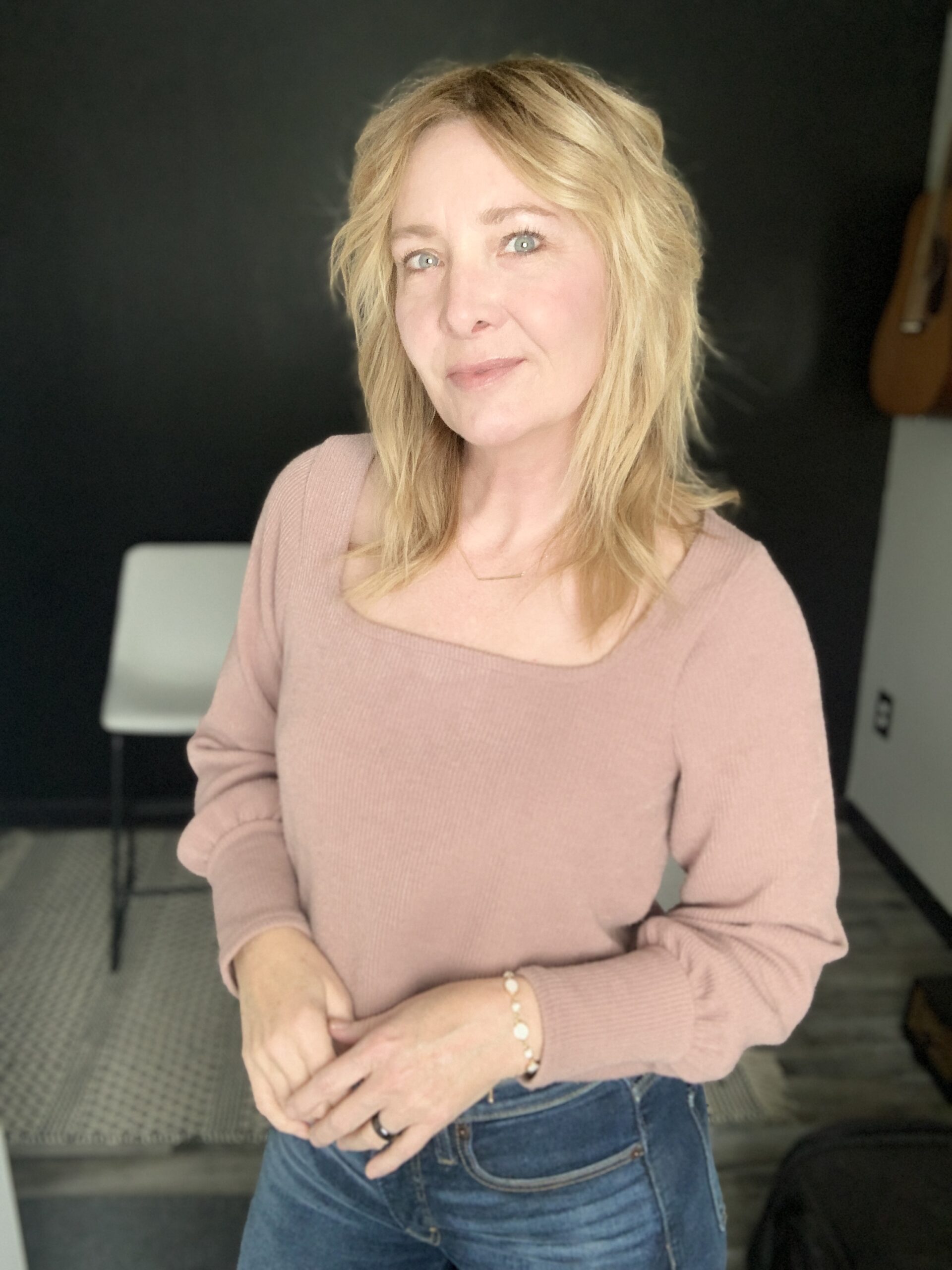Faith, Politics & Power in Kootenai County: Inside the Stefanie Fetzer Investigation
The Public Image vs. The Machine Behind It
In public, Stefanie Fetzer often presents as a devoted, faith-driven mother: a homeschooler advocating for “medical freedom,” traditional values, and a better community for her children. That branding is powerful, especially in a county where faith and civic life overlap. But our investigation, grounded in transcripts, archived posts, public records, and on-the-record statements, reveals a more complex story: a sophisticated influence network where messaging, relationships, and platforms have been leveraged to shape narratives, sway perceptions, and consolidate power.
To be clear, this report focuses on verifiable actions, direct statements, and documented patterns. Where claims are attributed to sources (e.g., whistleblowers or contemporaneous accounts), we identify them as such. Readers can, and should, evaluate the record for themselves.
The Stefanie Fetzer Investigation
From Sacramento to North Idaho: A Rapid Rise
Before North Idaho, Fetzer was already known in California activist circles, co-founding Freedom Angels in 2019. That same year, protests at the California Capitol escalated, resulting in multiple arrests. In a same-day Facebook Live, Fetzer named those arrested and described the scene in detail, demonstrating real-time access and proximity to organizers.
Subsequently, a whistleblower alleged that specific arrests that day were planned in advance to generate media attention. While the underlying email chain cited by sources has not been publicly produced, the allegation aligns with contemporaneous messages describing how to get arrested and what conditions make an activist a “good candidate” for civil disobedience (e.g., no young kids, bail ready, etc.). This is classic political theater: choreographing moments designed to move opinion, fundraising, and recruitment.
Around the same period, Fetzer helped launch Parents United 4 Kids, a political action committee tied to education/health policy. She was also named by a state senate candidate as involved in behind-the-scenes opposition content, another data point suggesting an early pivot from advocacy to campaign-style operations.
The “Reset”: A Calculated Rebrand
By late 2020, Fetzer’s previously active social footprint went quiet. She publicly framed this as “censorship,” yet the timing and precision resembled a calculated reset. Our review places attorney Leigh Dundas, prominent in human-rights activism and widely reported as connected to the Church of Scientology, in the orbit of Freedom Angels during this era. Dundas publicly spoke for and represented the group, helping define its narrative.
Direct funding ties to Scientology-affiliated organizations have not been documented publicly; however, multiple sources we interviewed described ideological and organizational proximity. For North Idaho audiences, that matters: Fetzer’s current identity is explicitly Christian, aligned with conservative pastors and faith groups. Whether one sees that earlier proximity as strategic or incidental, the arc is unmistakable: after pausing her California persona, Fetzer re-emerged in Kootenai County with a refined brand and a far more integrated approach to local influence.
Embedded in Kootenai County: Churches, PACs, Committees
Upon arriving in North Idaho, Fetzer did not “ease” into public life. She embedded in core institutions:
-
Candlelight Christian Fellowship: Public alignment with Pastor Paul Van Noy; use of a church email indicates deeper organizational involvement than attendance alone.
-
Kootenai County Republican Central Committee (KCRCC): Presence at high-profile events and promotion of KCRCC-endorsed candidates (e.g., Sheriff Bob Norris).
-
New/Revived Organizations: Launch or co-launch of TradFam and the Kootenai County TPUSA Faith Hub, both already visible via merch, events, and partnerships prior to full nonprofit registration.
This multi-node approach, faith institution, political committee, and branded nonprofits, creates redundancy and reach. Each node amplifies the others, allowing narratives to move from the pulpit to social media to forums and back again.
“Behind the Scenes of the Trad-Fam Act”
On stage and online, the front-facing story is familiar: a “traditional mom” advocating safety, family, and faith. But behind that image, our transcripts and linguistic comparisons indicate coordinated messaging tactics:
-
Forensic similarity between posts attributed to Fetzer and content from a secondary Facebook persona (“Kelly Broderick”/variants) suggests a pattern of seeding debate, then appearing as the reasonable center.
-
In practice, this builds echo chambers: the sock-persona attacks or agitates; the public persona responds as pragmatic or principled, thereby repositioning the main account as the “adult in the room.”
-
Outcome: Fetzer can pivot or expand alliances, including with people she had previously criticized, without abandoning her core brand. The engineering is in the narrative scaffolding, not only in the message.
This is the essence of the “Trad-Fam act” as we frame it: a wholesome public veneer paired with sophisticated back-end operations, message testing, sentiment shaping, and network activation, that extend well beyond standard community organizing.
The 2024 Sheriff’s Race: Playbook in Action
By the 2024 sheriff’s race, the coordination moved from private groups to the center of county politics. Working closely with Davalu Cummings (a former DHS agent tied to Candlelight) and overlapping with messaging from the Bob Norris campaign and allied voices, attacks against Dan Wilson repeated identical labels across multiple channels at once, an unmistakable sign of synchronization.
Simultaneously, Fetzer’s public association with Wilson’s ex-wife fueled an emotion-forward narrative, converting deeply personal disputes into political ordnance. This is not merely “vigorous debate”; it’s the weaponization of relationships to dominate cycles of attention and to drown out competing claims with volume and velocity.
The Influence Web: Systemic, Not Situational
By 2025, the map is clear: TradFam, Idaho Truth Action, the TPUSA Faith Hub, committee ties, church platforms, and partnerships with elected officials appear as interlocking parts of a larger system. Whether at a rally, a livestream, or a Sunday forum, the same set of narratives can be pushed through different channels, each conferring its own kind of legitimacy, faith, community, or governance.
This is why the question “Who is Stefanie Fetzer?” isn’t answered by one title or one event. It’s answered by how the network behaves: how talking points appear, how alliances harden, how dissent is labeled, and how public virtue signaling coexists with private orchestration.
Why It Matters
Kootenai County is living through a moment where faith language and political outcomes are tightly braided. None of this is new in American life. What is new is the speed and scale with which narratives now travel, and the precision with which identities are crafted to move them. When a polished “traditional mom” brand is used to front a hard-edged political machine, the community deserves full context.
Our position is straightforward: sunlight. We encourage viewers and readers to parse the transcripts, trace the timelines, and compare the messages. Where this report presents source claims (e.g., whistleblowers), those are labeled; where the evidence is on tape or in posts, it speaks for itself. Decide what rings true. But don’t mistake the stagecraft for spontaneity.

Dawna Wilson is the dynamic co-host and producer of Liberty Without Compromise, a weekly livestream uncovering the political undercurrents of Kootenai County, from local officials and influencers to hidden alliances. With a professional background in on-air broadcasting, Dawna brings sharp storytelling and journalistic integrity to every episode, providing clarity and depth on complex local and national issues. Her work is driven by a commitment to truth, transparency, and accountability in local governance.
Beyond the broadcast, she serves as a media consultant and producer for national and international brands, recognized for her strategic communication, production quality, and high-performing campaigns.
